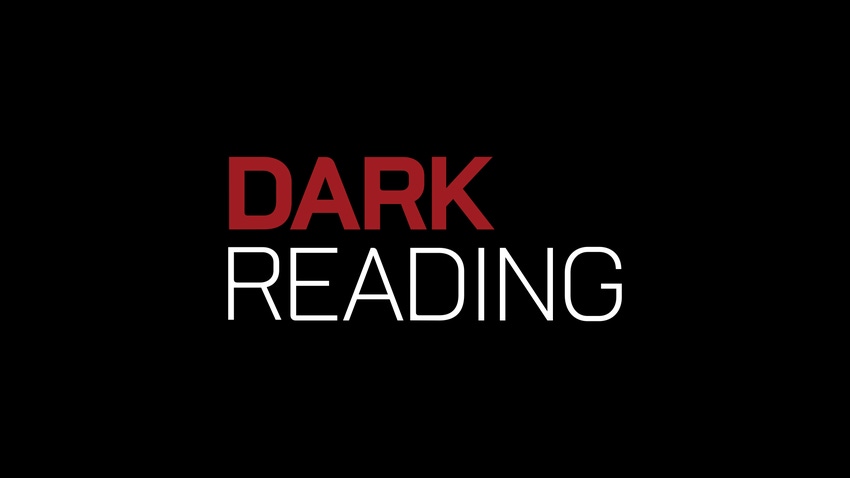A Prophylactic Approach for Today's Vulnerable Websites and Web Apps
Take a proactive approach to client-side security: Why monitoring your JavaScript programming language is so important to your overall security posture.
February 7, 2022

It's scary how many consumers don't realize how risky it is to complete an online form or purchase products from an inattentive online merchant. And unfortunately, "inattentive" companies can translate into some of the world's biggest, well-known brands — not just smaller, mom-and-pop shops that lack the IT wherewithal or tech acumen to know any better.
But it doesn't have to be this way. Why, as a world, do we all know that monitoring your credit is important, but we don't think to monitor our own websites for actions that can point to nefarious happenings right underneath our noses?
Why has diligence gone by the wayside when it comes to websites and Web apps? Well, in 2021 and already in 2022, we're seeing the reason we're in for a big eye-opening experience — and a shift toward website protection that has been needed for years. JavaScript-based cyberattacks are through the roof.
Threat actors are taking full advantage of cross-site scripting, formjacking, Web skimming, side loading, chain loading, and many more types of malicious tactics to steal valuable, confidential, and profitable (if posted for sale on the Dark Web) data. It hurts companies' reputations, and it ticks off consumers who had their data stolen or identity compromised.
Security professionals have spent the last few decades focused on protecting all their assets that sit behind a firewall, also known as the traditional security perimeter. Chief information security officers and their teams have become well-versed in protecting the server side of their businesses. And while that's clearly a requirement, equal attention needs to be given to their assets that interact with their users or customers — just as today's remote workforces require protections far outside the traditional perimeters.
The answer is a prophylactic approach that becomes as commonplace as antivirus software and as easy as breathing air. It's called client-side security. Companies need to treat their website like their office front doors and give it the protection a doorway demands. Customers, employees, and all stakeholders involved will ultimately be impressed. Threat actors are industrious and try to follow the path of least resistance. They have noticed that it's getting increasingly difficult to breach server-side security defenses and are pivoting their malicious operations to focus on the client -side. Webpages and Web applications load on the users' browser, outside of the purview of the security team. These applications are written in JavaScript, which does not have security permissions built into it. Why would threat actors continue to fight an uphill battle breaching a network if all they have to do is corrupt a public website to steal confidential data.
Using a preventive approach to client-side security (monitoring your JavaScript programming language), you create a security posture that is designed to identify client-side risks and threats before it's too late. Proactiveness also leads to knowledge of all of your existing Web assets, a crucial first step, as protecting something you don't know you have is a challenging.
And that protection is an equal-opportunity benefit for a host of professionals, including cybersecurity personnel, Web developers, and engineers as well as privacy and compliance specialists. With all of these positions playing a vital role in protecting customers and users, client-side JavaScript security must be top of mind. After all, the ability to inventory client-side assets, continually scan for vulnerabilities, and exceed requirements associated with the General Data Protection Regulation (GDPR) and payment card industry (PCI) provides peace of mind — protecting personally identifiable information (PII) and financial data that can be sold for top dollar on the Dark Web.
By bringing together visibility, prevention, and remediation into a prophylactic-based approach for any website or Web application, organizations can bring harmony to an otherwise potentially chaotic arm of a business that should instill satisfaction — not uncertainty. Client-side security doesn't have to be a largely undiscussed need that only occasionally looms over the halls of the IT department. Instead, it should be used as a powerful differentiator to show an organization's forward-thinking stance and dedication to a great customer experience that's rid of vulnerabilities in the scripts below the surface.
Check out this comprehensive e-book. It's a fast read that outlines many of the client-side challenges and how to best eradicate them within your organization.
About the Author

Chris Kolling is the VP of Marketing at Feroot Security. Chris is a passionate technology marketing leader who has spent the majority of his marketing career crafting the right message, for the right audience, at the right time. He is a well-rounded product management and marketing professional with extensive experience launching new products and initiatives in the cybersecurity industry. As a veteran of multiple cybersecurity startups, Chris has deep strengths in building marketing functions, departments, and teams from scratch. He is armed with substantial expertise in developing competitive analyses, go-to-market plans, and sales enablement, resulting in developing and executing on strategic plans to generate significant revenue growth.
You May Also Like
Beyond Spam Filters and Firewalls: Preventing Business Email Compromises in the Modern Enterprise
April 30, 2024Key Findings from the State of AppSec Report 2024
May 7, 2024Is AI Identifying Threats to Your Network?
May 14, 2024Where and Why Threat Intelligence Makes Sense for Your Enterprise Security Strategy
May 15, 2024Safeguarding Political Campaigns: Defending Against Mass Phishing Attacks
May 16, 2024
Black Hat USA - August 3-8 - Learn More
August 3, 2024Cybersecurity's Hottest New Technologies: What You Need To Know
March 21, 2024


